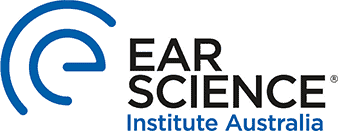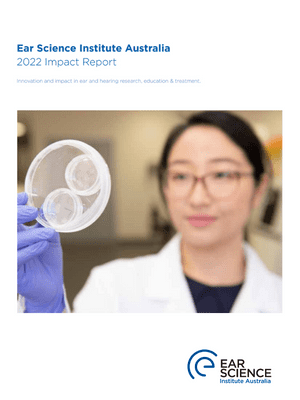It all began with the Help to Hear bus
The story behind how Ear Science Institute Australia (Ear Science) began is both unique and humble. It was born out of passion and dedication from a young couple heavily committed to their Lions Club – Lorna and Arthur Dodd.
The story began in 1977 with Don MacGregor, District Governor of Lions Clubs Western Australia at the time, creating the Lions Hearing Foundation (first called the Lions Help to Hear Foundation). He asked Arthur Dodd to be chairman. The Lions Help to Hear Foundation served as a charitable organisation in Western Australia, raising awareness of the impact of hearing loss and supporting the hearing impaired.
Arthur and Lorna spent every weekend driving across the State, as far north as Northampton and south as far as Busselton, providing hearing testing in the Help to Hear bus. They were followed by a car full of student audiologists supporting them. By the early 1980s, Don, Arthur and Lorna had helped many people, but they knew more needed to be done. The Lions Hearing Foundation established a Lions Hearing Clinic in Nedlands and Joondalup which was small but important to the community. With the encouragement of fellow Lion Doug Love and local Ear Nose & Throat Surgeons, they looked to the Lions Eye Institute for inspiration.
The Lions Hearing Foundation negotiated with the University of Western Australia and the Garnett Passe and Rodney Williams Foundation to help support an academic ear surgeon appointment. Dr Marcus Atlas, a Perth-educated ear and skull base surgeon then based in Sydney, was attracted to Perth in 2000 as the Foundation Professor of Otolaryngology at The University of Western Australia.
A new medical research institute in Perth, Western Australia
Professor Atlas set up a strategic planning session with eminent scientists and clinicians across Australia, which set the course of Ear Science Institute Australia.
Executive Board Member Susan Bergerson supported Professor Atlas, establishing the governance structure and constitution. Audiologist Kate Lewkowski set up a hearing clinic at Sir Charles Gairdner Hospital, and Ian Kelly, as the Lions Help to Hear Foundation chairman provided support. Professor Atlas was also instrumental in establishing a private-public partnership with Sir Charles Gairdner Hospital for what would become one of the largest cochlear implant programmes in Australia.
Ear Science Institute Australia (initially called the Lions Ear and Hearing Foundation) was founded in 2001. The Hon. Bob Kucera MLA, the Minister for Health, unveiled a plaque to commemorate the occasion. One of the first steps in growing the Institute was the Lions Hearing Foundation asking Professor Marcus Atlas to take over the management of the 2 clinics in Nedlands and Joondalup together with the existing audiology clinic at Sir Charles Gairdner Hospital.
The number of Lions Hearing clinics has grown to 20 in 2021 and solidified its place in the hearts of our community in Western Australia as the most trusted hearing care provider.
Excellence in ear and hearing research
Our research is driven by the needs of our community and linked to treatments in the clinics. Professor Atlas initially successfully attracted research funding to work in critical areas.
In 2001 Ear Science pioneered telehealth ear and hearing services, focusing on remote Indigenous communities in Western Australia. In 2005 Dr Mathew Mbao was our first post-graduate student, and he showed that video-otoscopy is an effective tool for telehealth.
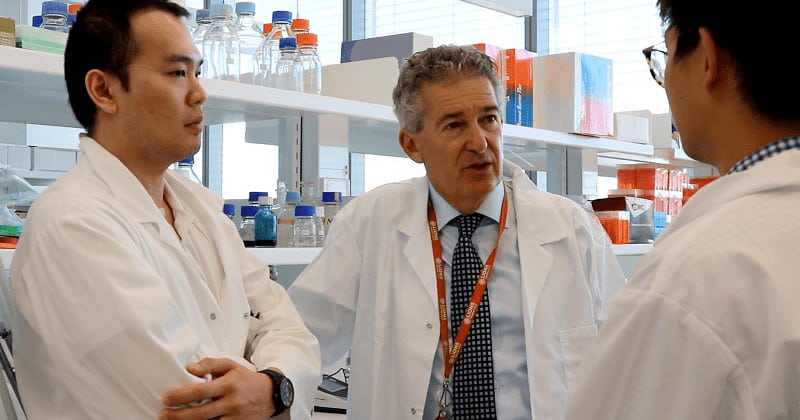
Ear Science’s research into designing a new treatment for tympanic membrane perforations started in 2003, inspired by Professor Fiona Wood’s spray-on skin for burns. In 2017 this research and development programme was awarded a $3.7 million grant by the Wellcome Trust in the United Kingdom. It attracted a $993,500 grant from the Australian Government MTP Connect program in 2020 for continued development and clinical trials.
Ear Science’s Brain and Hearing and Hearing Therapeutics research teams are paving the way with excellence in ear and hearing research, translated into clinical care to benefit our community locally, nationally, and internationally.
WA’s most extensive implant program
Ear Science Implant Clinic has grown to be the largest private implant clinic in Western Australia and one of the largest in Australia.
The 500th device was implanted in 2009, and by 2021 1464 people have had their hearing restored with a hearing implant. Ear Science implants devices from four major international manufacturers, backed by an active research team that focuses on improving services and reporting on implantation outcomes.
In 2019, Ear Science launched a hearing implant campaign to raise awareness of this life-changing technology.
Here we grow again
In 2006, WA mining magnate George Jones AM requested Professor Marcus Atlas see him about his serious balance issues.
Professor Atlas diagnosed George with severe Meniere’s, which, when treated successfully had a significant impact on Mr Jones, both personally and professionally. Mr Jones wanted to share the gift of hearing that Professor Atlas had given him, which kick-started the Gift of Hearing fundraising drive in Western Australia.
Spearheaded by WA business couple John and Debbie Schaffer, this fundraising enabled the building of the Ear Science headquarters in Subiaco in 2011.
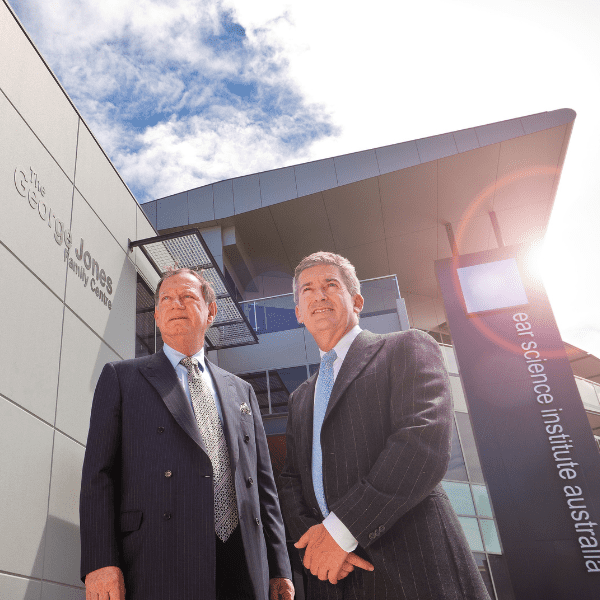
After many years of sharing space across various sites at Sir Charles Gairdner Hospital and The University of Western Australia, the Institute now had a brand new corporate headquarters at the George Jones Family Centre.
Attention turned to finding a suitable permanent location for our laboratory based research. Through the vision and hard work of Professor Bryant Stokes AO and the generosity of the Ralph and Patricia Sarich family, the Ear Science research headquarters was opened on the QEII site at the Sarich Neuroscience Research Institute in 2017. We were able to acknowledge philanthropists Vern and Jo Wheatley, who have been longterm supporters of Ear Science. The second floor at the Subiaco Clinic HQ is named after the Wheatleys, and more recently the laboratory at the Institute’s research headquarters has also been named in honour of the family’s charitable foundation
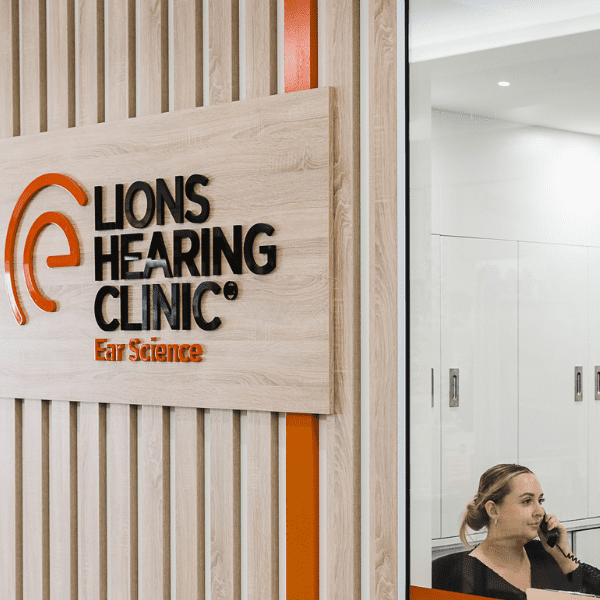
Improving access to quality hearing care
After modest beginnings with three Lions Hearing Clinics in the late 2000s, new clinics opened in Winthrop, Subiaco and Mt Lawley under the leadership of audiologist Gemma Upson. Growth continued in the following decade under the supervision of audiologist Lize Coetzee, Ear Science’s Chief Operations Officer, and Sandra Bellekom, now Chief Executive Officer. Lions Hearing Clinic now has 44 Audiologists working across 20 sites in Western Australia, including a clinic in Bunbury, with over 35,000 patient appointments each year. Our Clinic staff provide evidence-based hearing treatments for adults and children with hearing loss, including fitting and maintaining hearing aids, hearing implants, tinnitus, balance, noise protection, and childhood auditory processing disorders.
Ear Science developed a bespoke clinical practice management system, which we affectionately call Earsuite, to manage clinical appointments and the resulting large amounts of clinical data and reports. Craig Lowrie, Gemma Upson and Lize Coetzee drove its development, and it now manages hundreds of daily appointments, test results, and data for research.
Exploring and expanding ear and hearing research
In the mid-2010s, the researchers at Ear Science commenced work in significant areas with the potential for global impact.
Current principal investigators and projects include:
- Assoc Professor Melanie Ferguson leads research on new digital technologies to improve device uptake and use, listening, cognition and quality of life
- Associate Professor Hani Al-Salami is developing new drugs and treatments for ear disease
- Adjunct Professor Rob Eikelboom continues our telehealth research and leads our epidemiology research to show the impact of hearing loss on overall health
- Dr Dona Jayakody is leading our work in hearing loss and cognitive decline, including conducting a unique randomised control trial to determine whether hearing aids can change the course of cognitive decline (HearCog)
- Dr Elaine Wong is endeavouring to regenerate delicate hair cells in the cochlear from simple cells like skin cells
- Dr Bec Bennett is leading research on mental wellbeing in adults with hearing loss
- Dr Cathy Sucher is developing ways to better provide long term care for hearing implant recipients, and
- Dr Filippo Valente is continuing our work on developing new biomaterials to treat ear disease (ClearDrum).
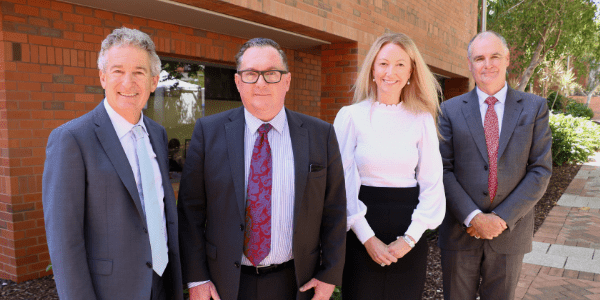
In April 2020, Ear Science and Curtin University signed an affiliation agreement to provide the framework for cooperative research. This agreement was followed by a significant milestone with a joint venture signed between Ear Science, Curtin University, and the William Demant Foundation, a Denmark based charity.
Local focus and international influence
Ear Science Institute Australia now has a global presence.
Our researchers have published over 500 papers in international peer-reviewed scientistic and medical journals with active collaborations with 50 national and international research organisations, manufacturers, and professional bodies.
Our scientists and clinicians are recognised thought leaders, invited to present at national and international conferences and take leading roles in professional bodies to set policies and future directions.
In 2019, Ear Science, working closely with Dr Shelly Chadha, was designated by the World Health Organization as a Collaborating Centre for Ear and Hearing Care. Ear Science strives to improve hearing health outcomes for people in the Western Pacific Regions, home to a quarter of the world’s population.
With the help of many influential Australians, Ear Science has made ‘hearing’ a dinner time topic of conversation for many families. Our Ambassadors include Ita Buttrose AC OBE (2019-2020) and Justin Langer AM (2021), who have shared their hearing journey to break down the stigma of hearing loss and advocate for healthy hearing
Lions Healthy Hearing Pop Ups
Over our 20 years, we have been active in raising awareness in the community about hearing loss prevention and hearing loss rehabilitation through events such as World Hearing Day.
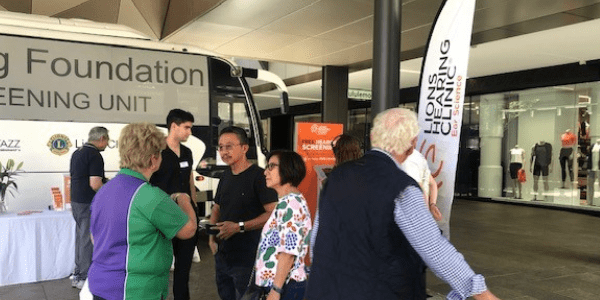
Nurturing the next generation
Since 2001, we have provided research training to over 50 Honours, Masters and PhD students. 19 ENTs from 11 countries have spent 6 to 18 months at Ear Science for a surgical Fellowship with Professor Atlas. Advanced surgical training of local and international surgeons was enhanced with the opening of the Ear Science Training Centre in 2010, with the support of a $2.4m grant from the Australian government.
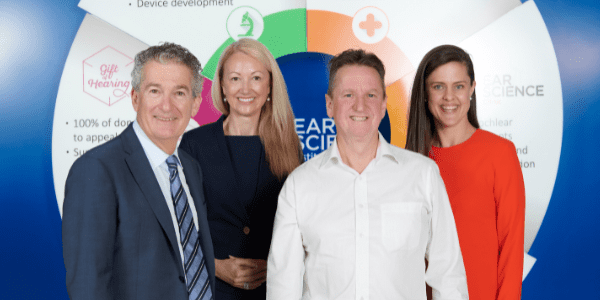
Managing organisational change amd challenges
To manage the growth of the Institute and its day-to-day activities, Dr Brett Robertson was appointed as the General Manager in 2008, and the current CEO, Sandra Bellekom, took over the role in 2015. Our growth trajectory has accelerated under her leadership.
Hearing loss affects over 3.5 million Australians, yet only between 30 and 40% of those who may benefit from a hearing aid use one. Only 1 in 10 people with severe to profound hearing loss have a hearing implant.
Ear Science has led a public awareness campaign to highlight the importance of hearing health and the benefit of hearing aids and hearing implants. We actively reach out to the medical profession, especially GPs, who play a significant role in referring their patients with hearing loss.
In 2020, after many years of a successful private-public partnership with Sir Charles Gairdner Hospital, Ear Science ceased providing hospital-funded hearing implant services. Despite this setback, the number of hearing implants and follow-up services we provide to Western Australians has continued to grow.
Notwithstanding the uncertainty brought on by the COVID-19 pandemic, Ear Science has continued to provide professional services to clients, and we continue to expand and grow.
Giving the Gift of Hearing
Ear Science does not receive any core funding from the Australian government, deriving income from providing services through the Lions Hearing Clinic and using the profit to fund growth and research activities.
Launched in 2010, the Gift of Hearing Appeal has raised over $10.5 million in cash and in-kind donations, supported by generous philanthropists, foundations and companies locally, nationally and internationally. These funds have been used to give the gift of hearing to more than 55 children and adults over the last ten years by providing hearing devices, surgery, rehabilitation, and lifelong support. As well as supporting our ongoing research to one day find a cure for hearing loss.
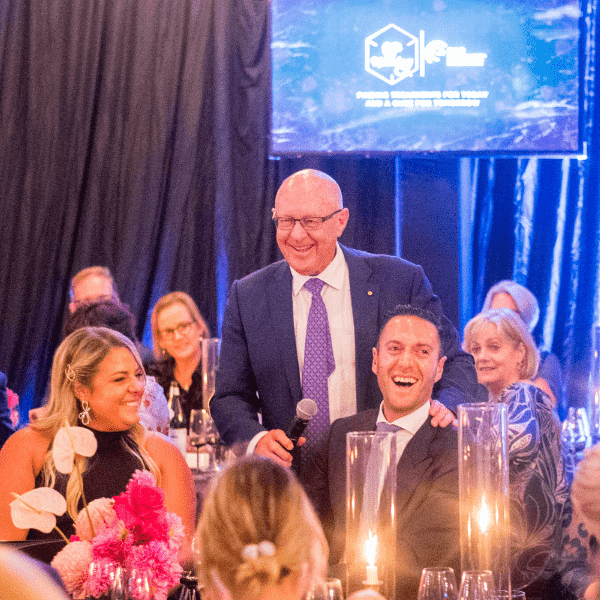
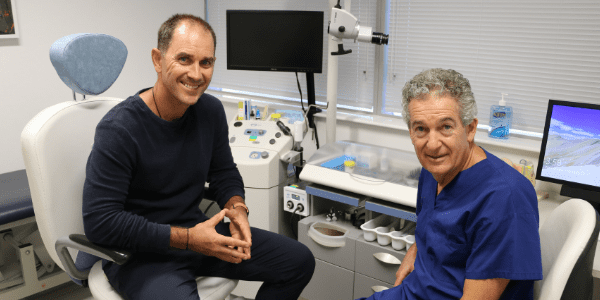
Our annual Gift of Hearing Appeal Dinner is the Institute’s flagship fundraising event, attended by many of Perth’s most generous philanthropists, business groups and key industry leaders in hearing health and technology. Over the years, many prominent Australians have taken to the stage, including John Howard OM AC, Ray Martin AM, Tina Altieri, Kate Ceberano AM, Ita Buttrose AC OBE, Liam Bartlett, Li Cunxin, Casey Chambers, Mike Doohan, Professor Barry Marshall AC and Justin Langer AM.
